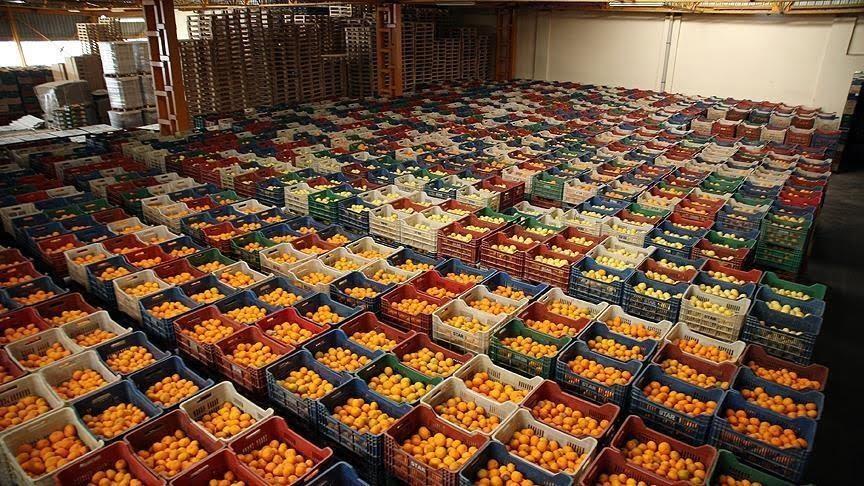Introduction:
Procurement in the agricultural sector demands a unique blend of technical expertise, strategic acumen, and innovative thinking to navigate the complexities of global supply chains, ensure product quality, and drive value for organizations. In this technical blog, we’ll delve into advanced strategies and technologies that procurement professionals can leverage to optimize their sourcing processes, mitigate risks, and stay ahead of the curve in the dynamic and competitive landscape of agricultural procurement.
Data-Driven Decision Making:
Embrace data analytics and business intelligence tools to gain deeper insights into market trends, supplier performance, and cost optimization opportunities. Utilize historical data, market forecasts, and predictive analytics models to inform procurement strategies, identify potential risks, and capitalize on emerging opportunities.
Implement advanced data visualization techniques, such as dashboards and interactive reports, to communicate complex procurement insights effectively to stakeholders. Empower decision-makers with actionable insights and real-time visibility into key performance indicators (KPIs) such as supplier reliability, product quality, and cost savings.
Supplier Relationship Management (SRM):
Adopt a strategic approach to supplier relationship management (SRM) to maximize value creation and collaboration throughout the supply chain. Segment suppliers based on factors such as strategic importance, performance, and risk profile, and tailor engagement strategies accordingly.
Leverage technology solutions such as supplier portals, collaboration platforms, and performance scorecards to streamline communication, facilitate knowledge sharing, and track supplier performance metrics. Cultivate long-term partnerships with key suppliers through joint innovation initiatives, shared risk management, and value co-creation.
Blockchain and Smart Contracts:
Explore the transformative potential of blockchain technology and smart contracts to enhance transparency, traceability, and trust in agricultural procurement. Implement blockchain-based solutions to create immutable records of transactions, track product provenance, and verify compliance with regulatory requirements.
Leverage smart contracts to automate procurement processes, such as purchase orders, invoices, and payments, while ensuring compliance with predefined terms and conditions. Enable real-time settlement of transactions and reduce administrative overhead, errors, and disputes in procurement transactions.
Internet of Things (IoT) and Supply Chain Visibility:
Harness the power of the Internet of Things (IoT) to enhance supply chain visibility and real-time monitoring of agricultural products throughout the procurement process. Deploy IoT sensors, RFID tags, and GPS trackers to track product location, temperature, humidity, and other critical parameters in transit.
Integrate IoT data with procurement systems and analytics platforms to gain actionable insights into supply chain performance, identify bottlenecks, and optimize logistics processes. Leverage predictive analytics algorithms to anticipate supply chain disruptions, minimize risks, and ensure on-time delivery of products.
Artificial Intelligence (AI) and Machine Learning (ML):
Embrace artificial intelligence (AI) and machine learning (ML) algorithms to optimize procurement forecasting, demand planning, and inventory management processes. Leverage AI-powered predictive analytics models to forecast demand, optimize inventory levels, and minimize stockouts and excess inventory.
Implement ML algorithms to analyze historical procurement data, identify patterns, and uncover hidden insights that drive smarter decision-making. Use AI-driven recommendation engines to suggest optimal procurement strategies, supplier selections, and negotiation tactics based on past performance and market dynamics.
Cybersecurity and Risk Management:
Prioritize cybersecurity and risk management in agricultural procurement to safeguard sensitive data, protect against cyber threats, and ensure compliance with data protection regulations. Implement robust cybersecurity measures, such as encryption, multi-factor authentication, and intrusion detection systems, to secure procurement systems and networks.
Conduct regular risk assessments and vulnerability scans to identify potential weaknesses in procurement processes and systems. Develop contingency plans and response strategies to mitigate the impact of cybersecurity incidents, supply chain disruptions, and other unforeseen risks on procurement operations.
Conclusion:
In the era of digital transformation, procurement professionals in the agricultural sector have unprecedented access to advanced technologies and analytical tools that can revolutionize their sourcing processes, drive innovation, and deliver value to their organizations. By embracing data-driven decision-making, strategic supplier relationship management, blockchain and smart contracts, IoT-enabled supply chain visibility, AI and ML-powered analytics, and robust cybersecurity and risk management practices, procurement professionals can optimize their procurement operations, mitigate risks, and stay ahead of the curve in an increasingly competitive and complex global marketplace. With a strategic and proactive approach to technology adoption and innovation, procurement professionals can unlock new opportunities, drive sustainable growth, and achieve excellence in agricultural procurement.

